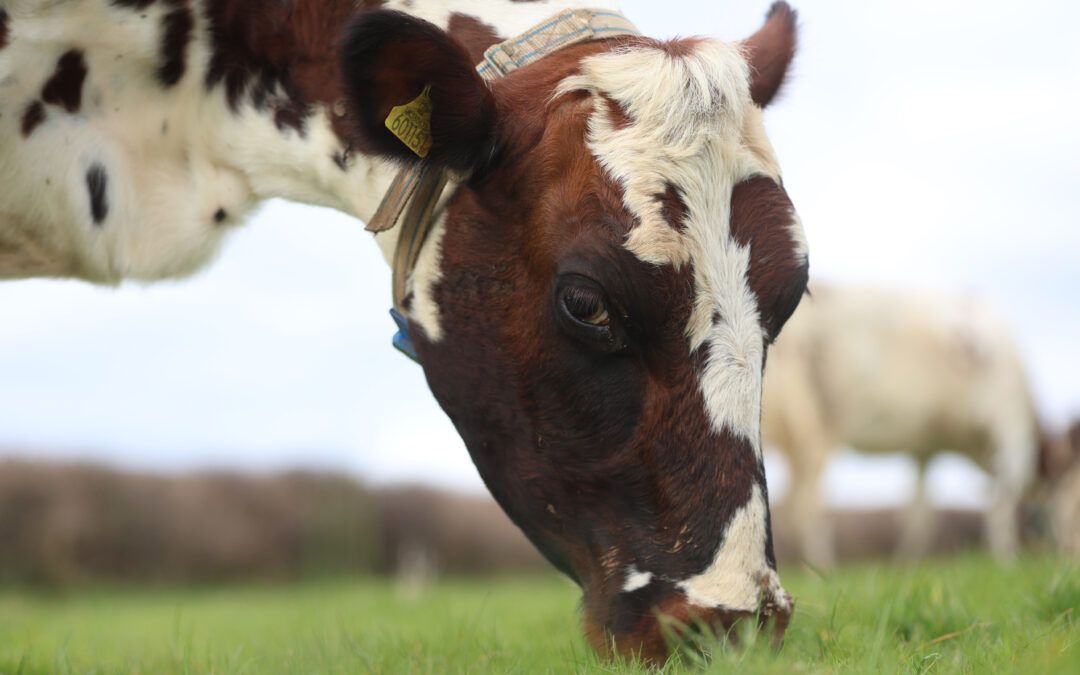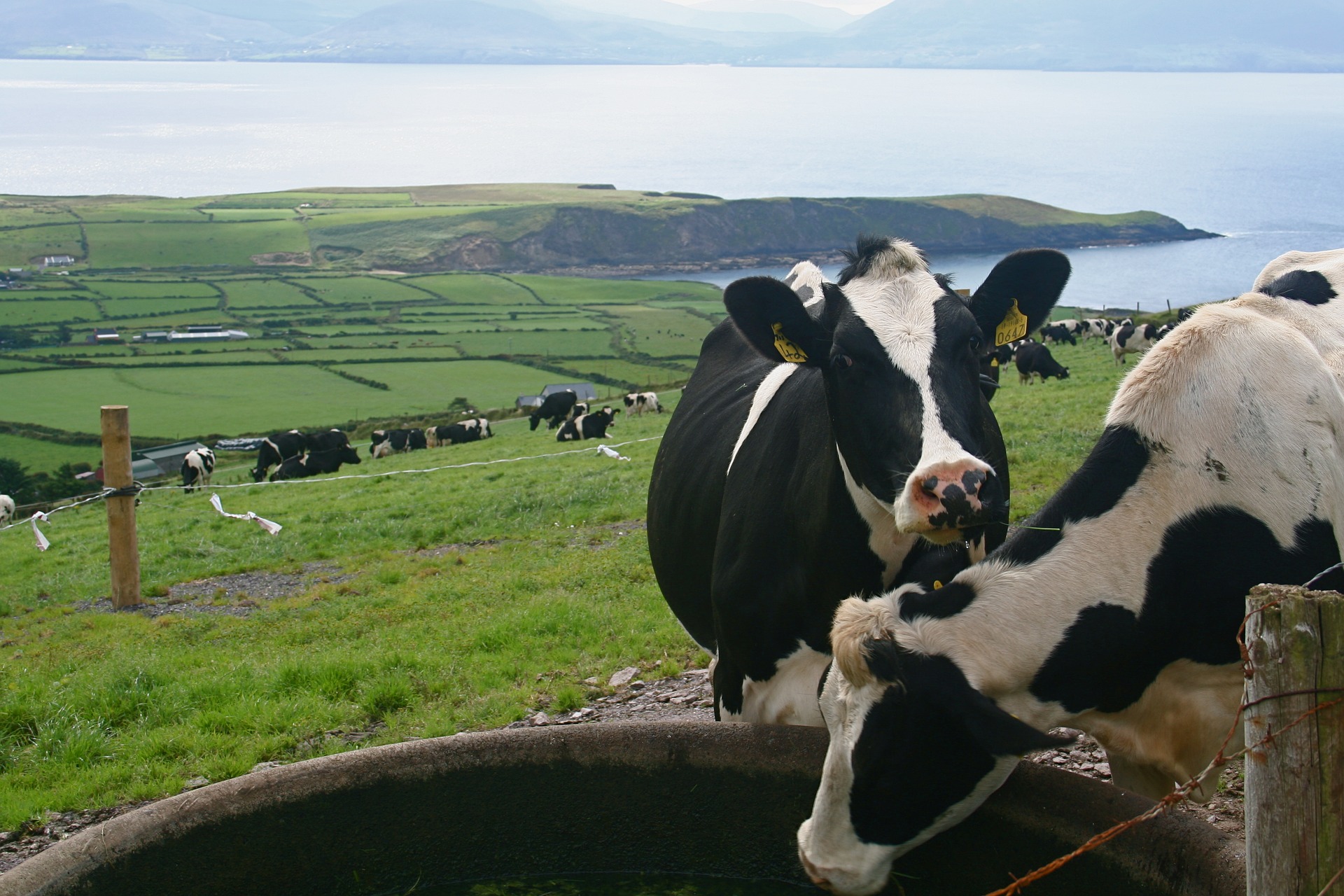With the recent weather we have been having, we need to look at reducing heat stress that the cows will experience.
The main side effects of heat stress are:
Reduced milk production
Lower milk quality
Poorer fertility results
Decreased feed intakes
Increased stress on the cows
Averages
An average 30 litre cow’s heat radiation per day is the equivalent of a person running 2 marathons a day, or likewise the same kWH requirement as running a washing machine 24 hours a day, so water intake is the first line of defence in preventing heat stress. Cows will
consume on average 4-4.5 litres of water for every litre of milk produced.
This is why it is crucial to provide the herd with enough water availability but also ensure that the water trough size and flow is suitable for the number of cows. Cows should always have 10cm of water trough access per cow allowing the heifers and more timid cows to drink
enough as well.
If daytime heat is too high, then consider swapping to night time grazing. Grazing the cows by night and then housing the cows through the day provides them with shade.
Example
A 100-cow herd doing 27 litres average will require almost 12,000 litres of water a day. Ensuring that cows have continuous access to fresh, clean water is paramount to managing heat stress effectively.
Doing this will ensure that cows can graze comfortably during the evening hours when temperatures are lower but also allows them to not huddle for shade during the day.
When cows huddle for shade during the heat, this increases stress on the cow, at a time when the immune system is lower, this can result in higher SCC and mastitis cases.
Installing fans in the shed and ensuring that good ventilation is achieved are all ways to help alleviate the effects of heat stress.
Heat stress often leads to a decrease in dry matter intake (DMI), meaning that nutritional requirements aren’t met. This is why many farms see a decline in milk yield. Consider providing buffering products such as sodium bicarbonate which can help maintain rumen pH and reduce the risk of acidosis, which can further suppress feed intake. This is why careful balancing of the ration is needed, often reducing the amount of overall diet fed to the cow but ensuring that it is balanced.
In addition to this you need to monitor DMI at the feed fence to ensure intakes don’t drop off, otherwise milk yields will drop off 2-3 days following.
With the warmer weather TMR rations are heating up. Selko is a product we use that focuses on inhibiting aerobic spoilage of TMR, including blends, straights and silage by helping to control the growth of spoilage microorganisms. Stabilising the ration preserves the nutritional value of the feed whilst also working to secure long-term palatability and feed intakes. All these aspects help to support animal health and performance.
Certain yeasts and other products can be used to reduce the heat stress experienced by the cow. In addition to this, the energy density of the diet should be increased. The use of fats for example will help to keep energy up in the diet.
Speak to your Harpers Feeds Specialist to find out more.







